Hadrian's Wall in an English summer: Wind, rain, and unforgettable beauty
Solitary daily pacing of Hadrian’s Wall, in the footsteps of Roman soldiers, brings back family memories for Fiona Reynolds.

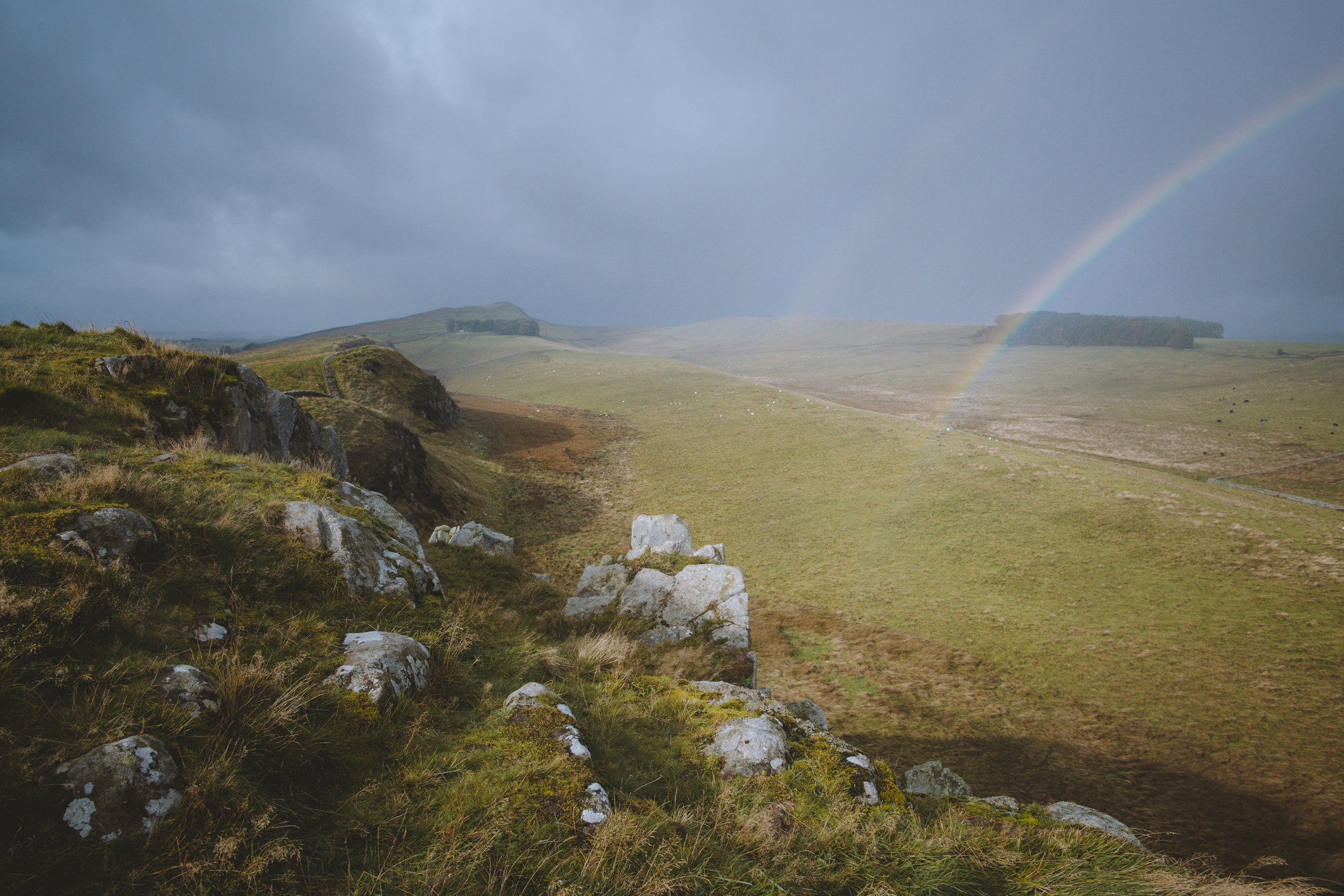
You might think that visiting Hadrian’s Wall in an English August would be a mild, balmy affair, but not this year. In the midst of heavy rain, mist and strong winds, we pity the farmers still desperately trying to get the hay and harvest in.
Nothing diminishes our visit to Northumberland, however, as we are taking my mother, in her 90th year, to see her 94-year-old brother (whom she hasn’t seen since before covid) and revisit the places of her childhood. She grew up in Haydon Bridge and lived for some years in Alston, where I and two of my sisters were born. We’re staying at a Landmark Trust cottage, Causeway House, just south of the wall. It’s one of very few buildings still thatched with heather and its steep pitched roof is testament to the need for the rain to run off, fast. New heather is piled up near the house ready for rethatching and inside is arrayed a fascinating history — Landmark does this so well — including pictures taken during its restoration.
Causeway House is perfectly located for our family visits and my early-morning walks. We’re close to some of the most famous sites on the Wall — Vindolanda, Housesteads, Sycamore Gap and Crag Lough — and I’m keen to see them all again. I have vivid memories of walking the length of the wall, crowded with people doing the same, some years ago.
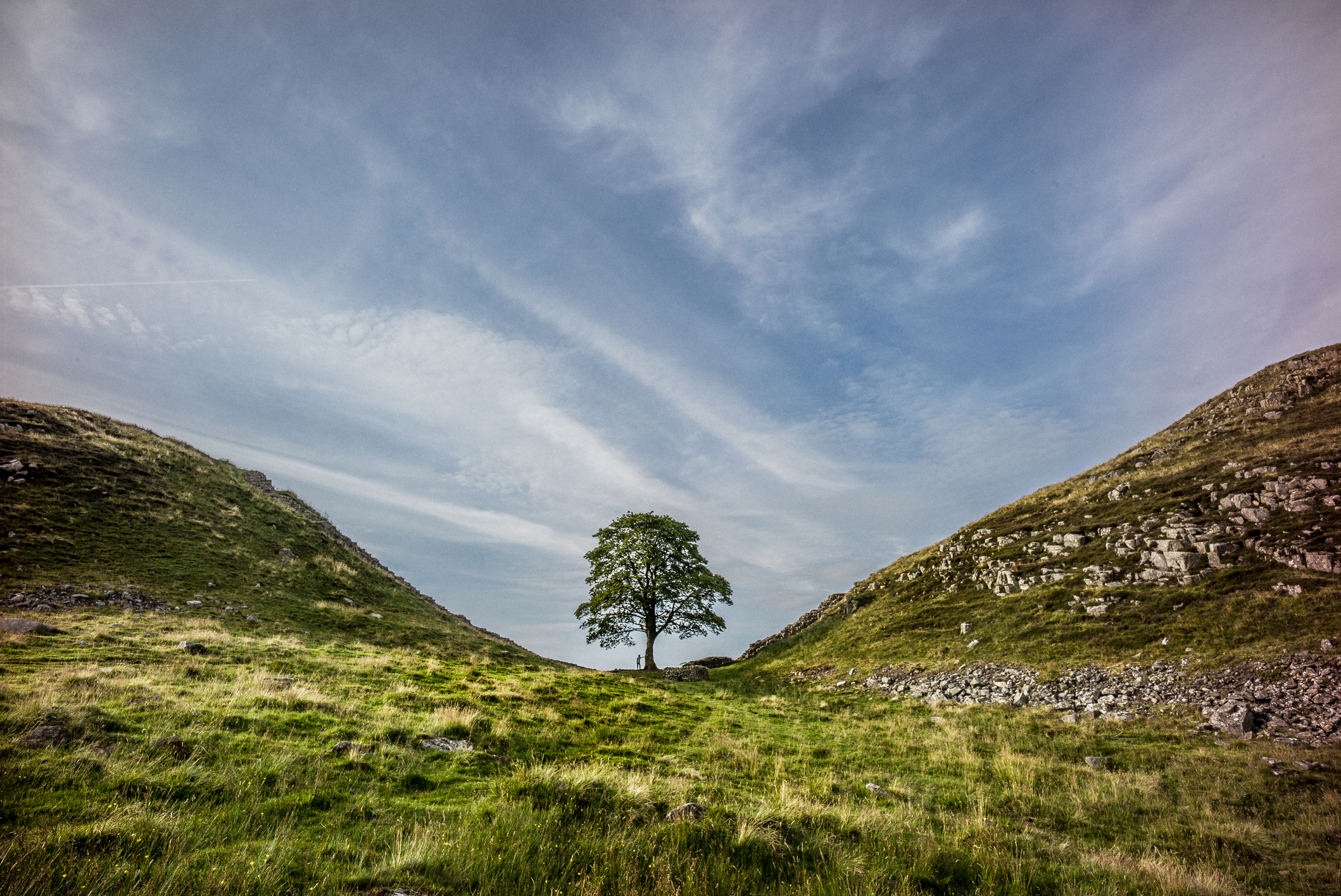
Getting up early, however, I’m alone and, each day of our visit, I walk the same stretch. It’s an eight-mile round trip from Causeway House, joining the wall just before Peel Crags and leaving it at Housesteads Fort, walking first one way, then the other. Although frequently rained on, I’m rewarded by spectacular skies as shafts of sunlight break through the billowing clouds, racing overhead as the winds bat them from west to east.
West to east is better for me, too, because the wind (and rain) are behind me and I love the long views across Crag Lough, Cuddy’s Crags and Housesteads Crags. I get to know them well as I pound along the wall, imagining a Roman soldier pacing the same stretch, never tiring of this spectacular landscape, even if wishing for just a little more sunshine.
From Causeway House, it’s a leg stretch up to the wall, past The Sill (the Northumberland Park Authority’s spectacular visitor centre) and the ancient Twice Brewed pub, then across the Military Road to Peel. The famous viewpoint from there is of the Whin Sill, topped by the Wall high above Crag Lough. A short, but stiff climb takes me onto the crags and I follow them up and down, marvelling at the precise, sturdy construction of a wall that’s lasted 2,000 years. The highlight is Sycamore Gap, where the tree, hundreds of years old, occupies a steep dip, perfectly symmetrical and beautifully placed, although whether by chance or on purpose we’ll never know.
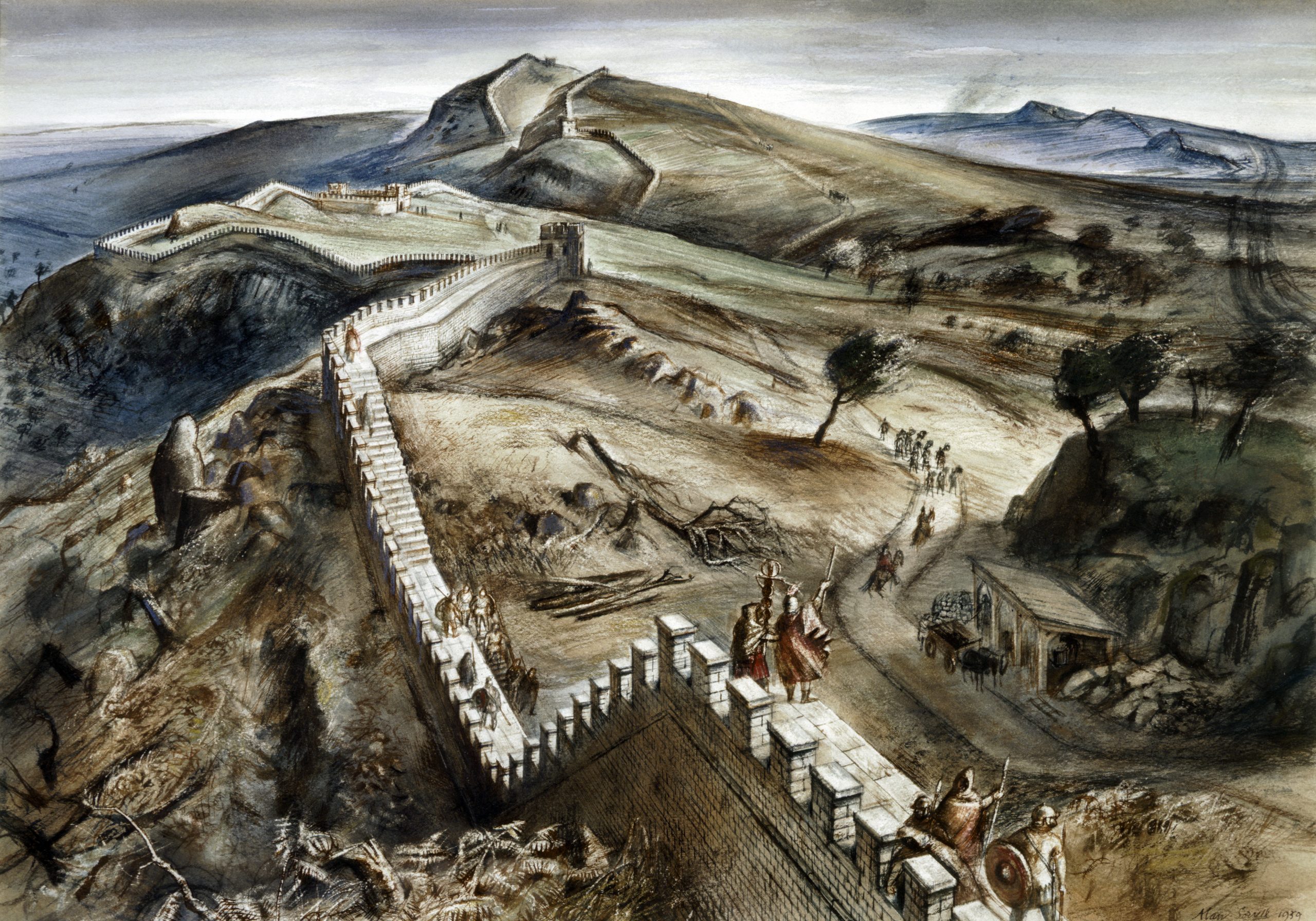
I pass the idyllically located National Trust farm Hotbank and am soon up again among the crags that continue to Housesteads. Here, I leave the wall, cross the Military Road again and take small lanes and paths back to Causeway House, relishing the quiet and enjoying the dramatic views of Vindolanda Fort. This was a huge military and civilian settlement that was ‘discovered’, dug and developed by the Birley family (sometimes in defiance of officialdom) during the 20th century and today has a superb museum.
Exquisite houses, the beauty of Nature, and how to get the most from your life, straight to your inbox.
We end our visit in Alston, where, with the help of North Pennines AONB staff, we put a plaque on a new kissing gate on the Pennine Way dedicated to my sister, Shelagh, who died in 2018 and whose work for the Countryside Commission in the 1980s helped designate the AONB. It’s a moving and intensely ‘right’ end to our back-in-time visit.
Fiona Reynolds is the author of ‘The Fight for Beauty’ and chair of the Royal Agricultural University governing council
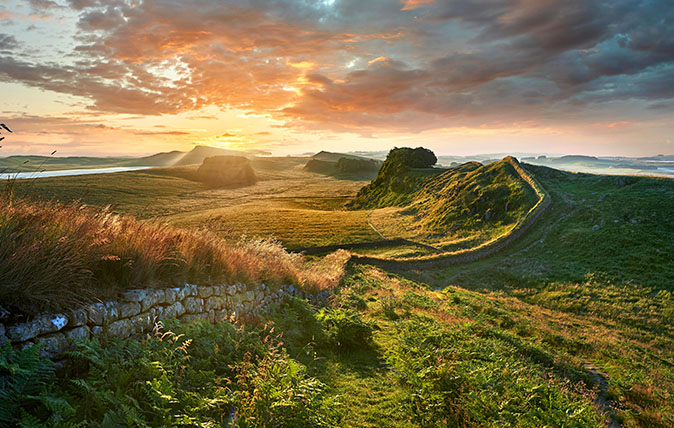
Walking Hadrian's Wall: An epic walk from coast to coast and back in time
One of Britain’s most famous landmarks makes for an epic walk back in time – and it's a journey that
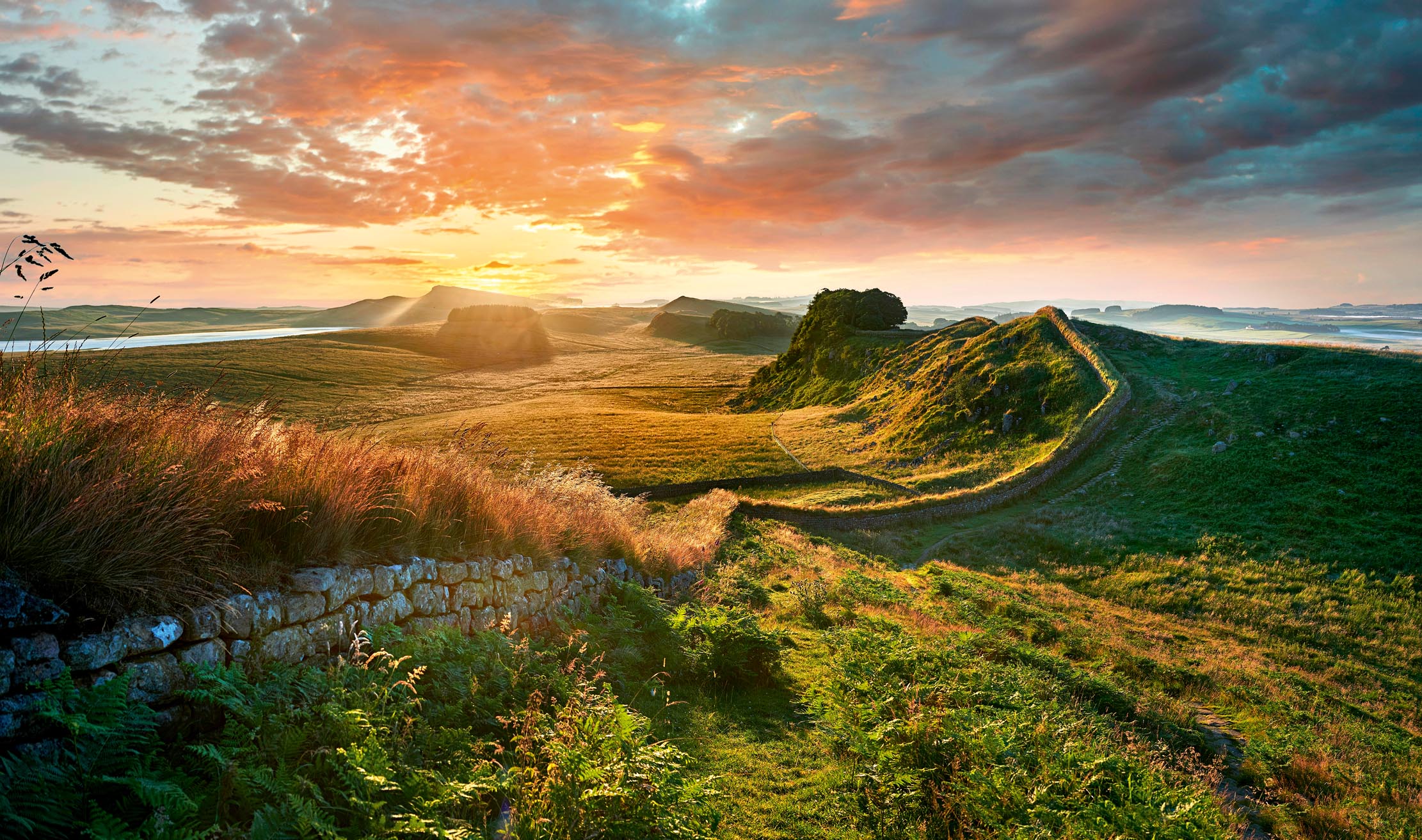
The extraordinary tale of Hadrian's Wall: 'Men have been deified for trifles compared with this admirable structure'
What once kept out hordes of bloodthirsty warriors is, nearly 2,000 years later, barely proof against the most timid of
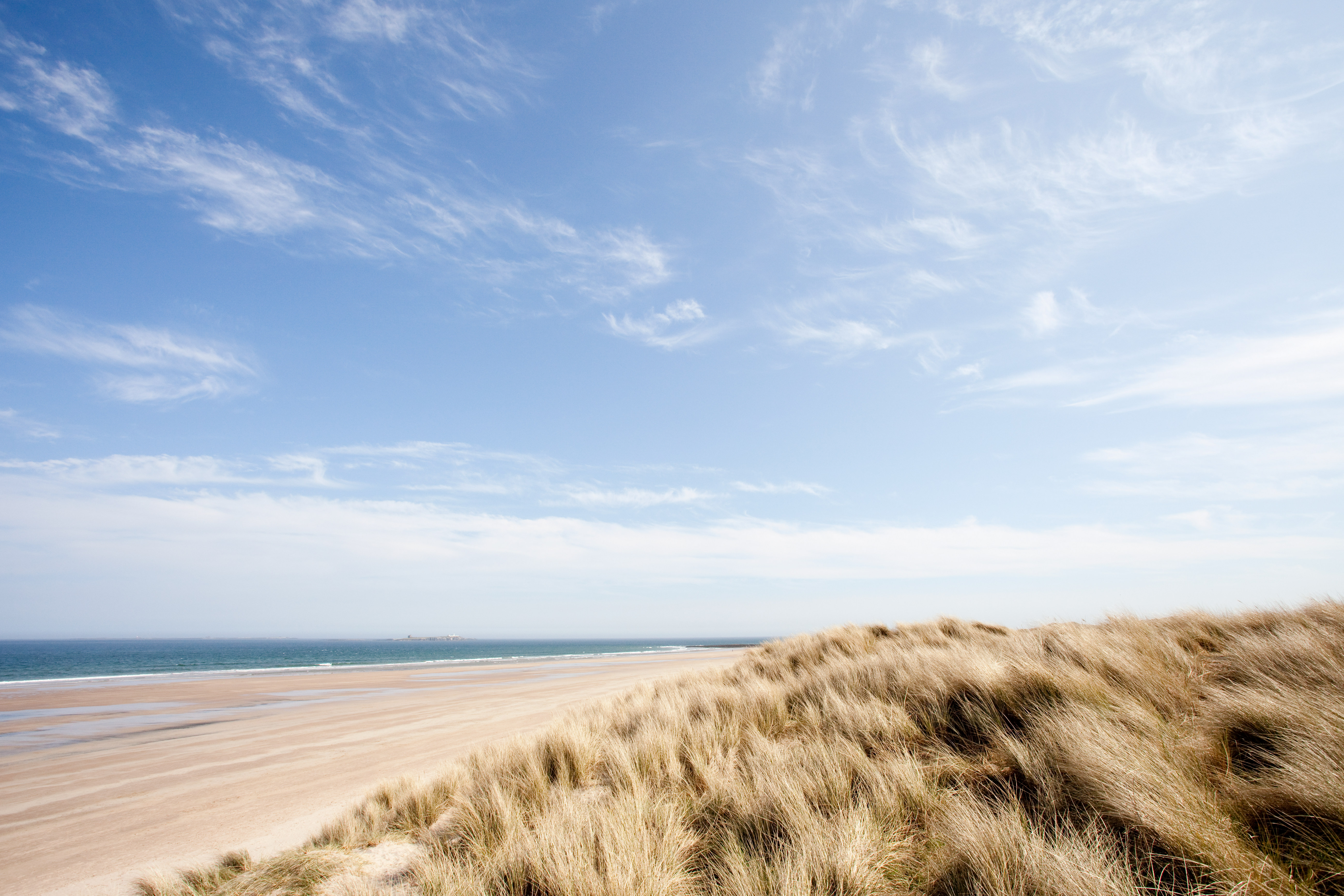
Credit: Getty Images/Image Source
The Country Life guide to Northumberland: Where to go, what to see, where to stay and what to eat
Crowd-free beaches, coastline, marshes and meadows, and plenty of wildlife make Northumberland a superb place to go. Here's our guide
Fiona Reynolds is chair of the Food, Farming and Countryside Commission, the former director-general of the National Trust, former Master of Emmanuel College, Cambridge, and the author of The Fight for Beauty. Follow her on Twitter @fionacreynolds.
